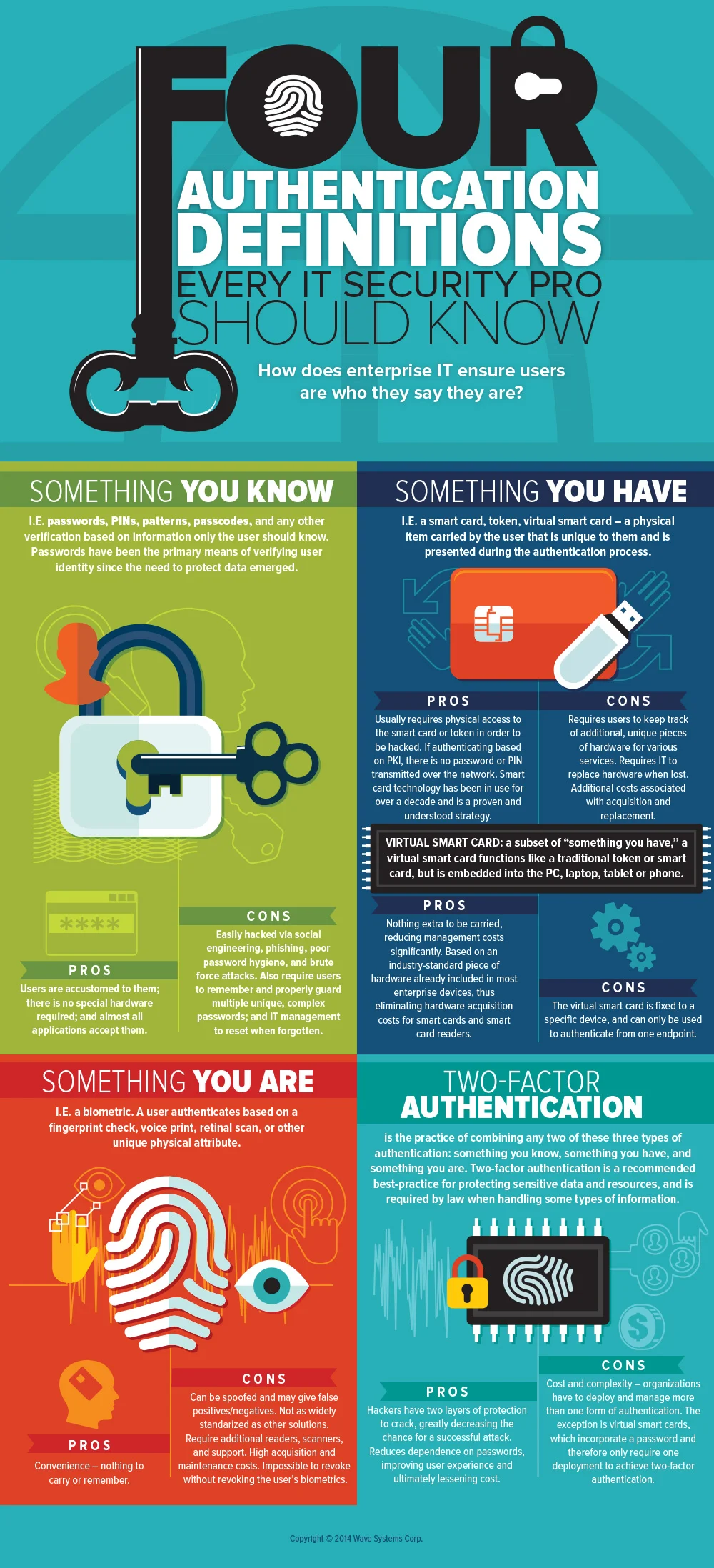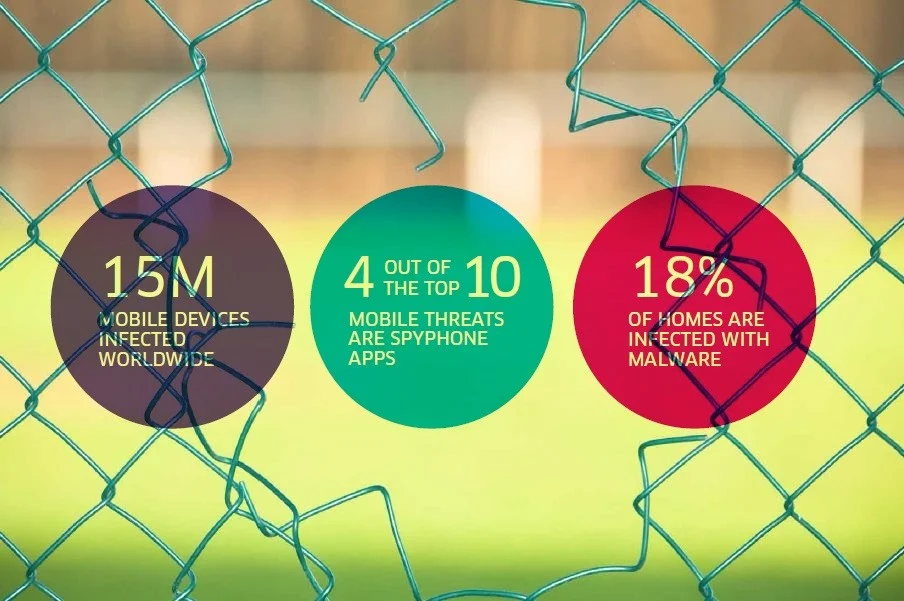This past weekend I got an opportunity to volunteer for my first BSides event and I did it at BSides Augusta, which is the closest BSides event to me (approximately an hour away). When I initially signed up to volunteer I was happy to find that I was put on a waiting list. It's pretty awesome that an event that doesn't cost anything and relies heavily on it's organizers and volunteers didn't initially need my services.That changes A few weeks later when I was notified that I would in fact be needed.
I left the house just before 6 a.m. this past Saturday to make it to volunteer orientation at 7 a.m. I showed up and was instantly put to work setting up signs and making sure everything was prepared for the blue team track speakers. BSides participant registration quickly followed and soon after that we were off.
After the initial setup we were free to go to any talks and roam around wherever we wanted to. If someone needed a volunteer they would come find us. I was assigned the duties of helping out the blue track team room, but another volunteer expressed interest in helping out in the room as well, so I ended up splitting time with him. He took the morning sessions and I ended up with the afternoon sessions. This gave me the opportunity to spend my morning walking/running between the blue and red team talks.
When I was working in the blue team room I made sure the speakers got the microphone and computer setup and helped with anything else the track organizer needed. After the conference was over, the signs that were put up in the morning were taken down and I ended up walking around making sure everything was collected that needed to be collected
The great things about most security conferences is that they're recorded and BSides Augusta was no different. At this event they were able to acquire the services of Adrian Crenshaw AKA Irongeek to record all the talks. So you really don't need to go for the talks. Instead you can go for the opportunity to make a connection with other security professionals and volunteering, as it turns out, is an excellent way to make those connections.
Doug Burks ran the blue team track and Mark Baggett ran the red team track. Doug is the creator of Security Onion, which is Linux based network security monitoring tool. Mark is the owner of In Depth Defense, an author and former Chief Information Security Officer (CISO). Both are SANs instructors and I got to work with both of them and even chat with them a little bit. Well, I didn't chat with Mark a whole lot, but he did mention that he had seen my tweets before (WHAAAA???).
Those were two of the many people I got to meet this past weekend. I also got to meet Joanne Sexton (the volunteer coordinator and assistant professor at Georgia Regents University), Lawrence, Phil, Chad, Warren, Don and many others working and participating in the event. Because I got assigned to help out with one of the talk rooms I also got to interact with several of the speakers such as Chris Sanders, Chris Sistrunk, Mike Reeves, Tim Crothers, Chris Campbell and Jeff Murri. All of these guys have a wealth of knowledge and experience within the information security community. I'm not exactly besties with any of them, but I have made a connection and I am following and being followed by several of them on Twitter now.
By the way, Twitter is fantastic for events like this. Not only do you make connections but you can help promote the event and the infosec community by tweeting about some of the cool things happening there. I had over 50 interactions with people via tweets, mentions, retweets and favorites during and hours after the event. If you're an infosec professional (or in any profession, really) you should be on Twitter. You don't have to tweet anything, but there's a lot of smart people you can follow. If you do tweet you can start making a connection with the people you do follow.
Volunteering is something very near and dear to my heart. This was my fourth BSides event, but the first in an official volunteer capacity. The previous two BSides I participated in, Nashville and Ashville, I volunteered my photography "expertise." Those two events benefited me in allowing me to refine my photography skills as well as make connections with the event coordinators. I am currently helping Ed Rojas (BSides Nashville event organizer) with starting up a new security podcast as well as interning this Spring with BSides Nashville. When you volunteer you get just as much as you give.
Up until recently I've been volunteering at my church for the past three years. Every other Sunday morning I would get up and be at church by 7 a.m. I would then spend the next five and half hours helping produce three services. Through that I've been able to gain WordPress, mac and sound design experience, but I've also made connections with other volunteers, musicians and sound engineers. In fact that music for most of my podcasts comes from the sound engineer I was working under as a volunteer. The fence in my backyard was built by another volunteer who runs his own business.
Volunteering is a wonderful thing: You not only give back to a community or a cause, but you also get back just as much if not more. Don't be just a consumer of your hobbies or profession, be a producer. And if your hobby or profession is information security give back to a BSides event near you. You won't regret it.




